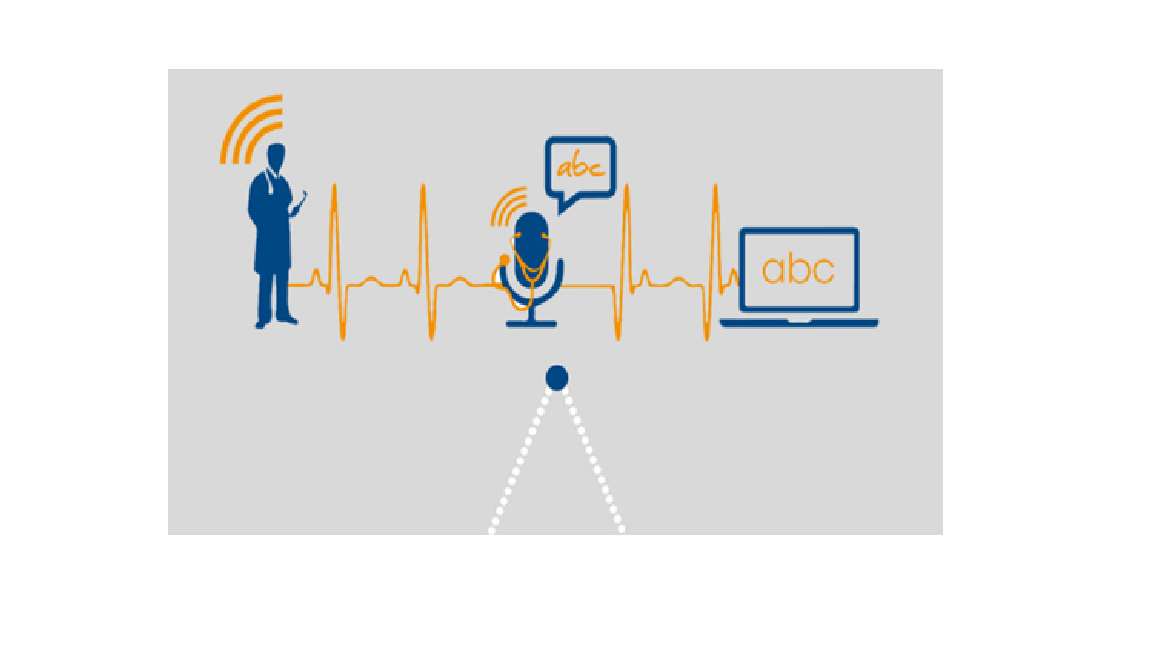Deep Learning Approaches for Speech Recognition and Synthesis
Main Article Content
Abstract
Deep learning approaches have revolutionized the field of speech recognition and synthesis, enabling significant advancements in natural language processing (NLP) technologies. This abstract explores the application of deep learning techniques in speech recognition and synthesis and highlights their impact on various domains, including human-computer interaction, virtual assistants, and accessibility tools. Deep learning models, such as recurrent neural networks (RNNs), convolutional neural networks (CNNs), and transformer architectures, have demonstrated remarkable performance in speech recognition tasks by effectively capturing temporal and spatial dependencies in audio data. These models leverage large-scale datasets and sophisticated training techniques, such as transfer learning and data augmentation, to achieve state-of-the-art accuracy and robustness in speech recognition. In addition to speech recognition, deep learning-based approaches have also been instrumental in advancing speech synthesis technologies, commonly known as text-to-speech (TTS) systems. By leveraging neural network architectures, such as WaveNet and Tacotron, these systems can generate natural-sounding speech from text input with human-like intonation and prosody. Furthermore, deep learning techniques have facilitated the development of multilingual and speaker-adaptive speech recognition and synthesis systems, enabling broader accessibility and personalized user experiences across diverse linguistic and demographic backgrounds. These advancements have paved the way for the integration of speech-based interfaces into various applications, including smart speakers, navigation systems, and assistive technologies for individuals with disabilities. Despite the remarkable progress achieved with deep learning approaches, challenges such as data scarcity, domain adaptation, and model interpretability remain areas of active research in the field of speech recognition and synthesis. Future efforts are focused on addressing these challenges and further improving the accuracy, efficiency, and naturalness of speech-based interactions through continued advancements in deep learning methodologies. Overall, deep learning approaches have significantly advanced speech recognition and synthesis capabilities, enabling more natural and intuitive human-machine interactions across a wide range of applications and domains. By leveraging deep learning techniques, researchers and practitioners continue to push the boundaries of what is possible in the realm of speech processing, opening up new opportunities for innovation and impact in the field of NLP.
